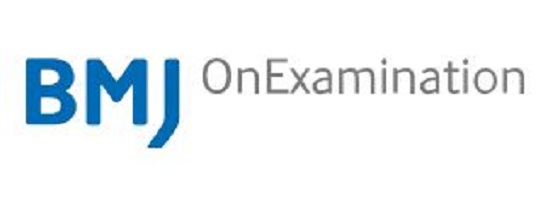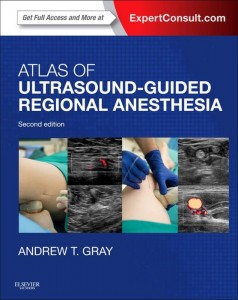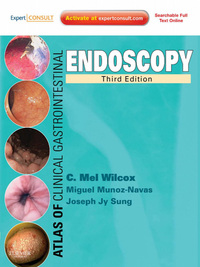
Product Title: OnExamination FRCA Primary (Updated Feb 2023) (PDF)
Format:
PDF, 6.9 MB
Overview (Details, Topics and Speakers):
Pass your FRCA Primary exam with BMJ
1,350+ questions Test your factual knowledge; improve your clinical problem-solving skills across all areas: pharmacology, physiology, physics, clinical measurement, and data interpretation. Choose how you want to revise Select Questions Revise with my preferences.
Revise with quality questions and detailed explanations Demo Question An ideal gas is contained within a fixed volume at zero degrees Celsius. Which one of the following would cause the greatest increase in pressure? Adding one mole of a second gas Doubling the number of molecules of the gas Raising the temperature by 200 Kelvin Raising the temperature by 180 degrees Celsius Raising the temperature by 300 degrees Fahrenheit Key Learning Point For an ideal gas, the pressure increase of a fixed volume of gas is directly proportional to an increase in temperature (Gay-Lussac’s law).
Explanation
The key to answering this question is the application of the ideal gas equation. PV = nRT P = pressure V = volume n = amount of substance R = universal gas constant (8.314 J mol-1 K-1) T = temperature Rearranging the equation P = nRT/V The most important factor when considering a pressure of a mass of gas in a fixed volume is temperature. As the temperature increases, molecular motion and kinetic energy increases (leading to more forceful and frequent collisions with the walls of the container). The pressure increase is directly proportional to an increase in temperature (Gay-Lussac’s law). The highest temperature of the options in this example is 180 °C. This will lead to the highest pressure. The relationship between degrees Fahrenheit to degrees Centigrade is as follows: °Celsius = °F – 32 x (5/9) In this example the gas sample temperature is raised by:- 300-32 x (5/9) = 268 x 0.56 = 150.8°C Zero degrees Celsius is -273 Kelvin. If you raise the temperature by 200 Kelvin the temperature is approximately -73 Kelvin. At standard temperature and pressure STP (0°C and 1atm), one mole (6.02 × 1023 representative particles) of any gas occupies a volume of 22.4 L. A mole of any gas occupies 22.4 litres. Doubling the number of molecules or adding 1 mol of another gas will not significantly affect the pressure compared with a change in temperature.
Delivery Method
the OnExamination FRCA Primary (Updated Feb 2023) (PDF) course/book will be provided for customer as download link. download link has NO Expiry and can be used anytime.
Contact Us
contact us to our email at [email protected] or fill in the form below:





Reviews
There are no reviews yet.